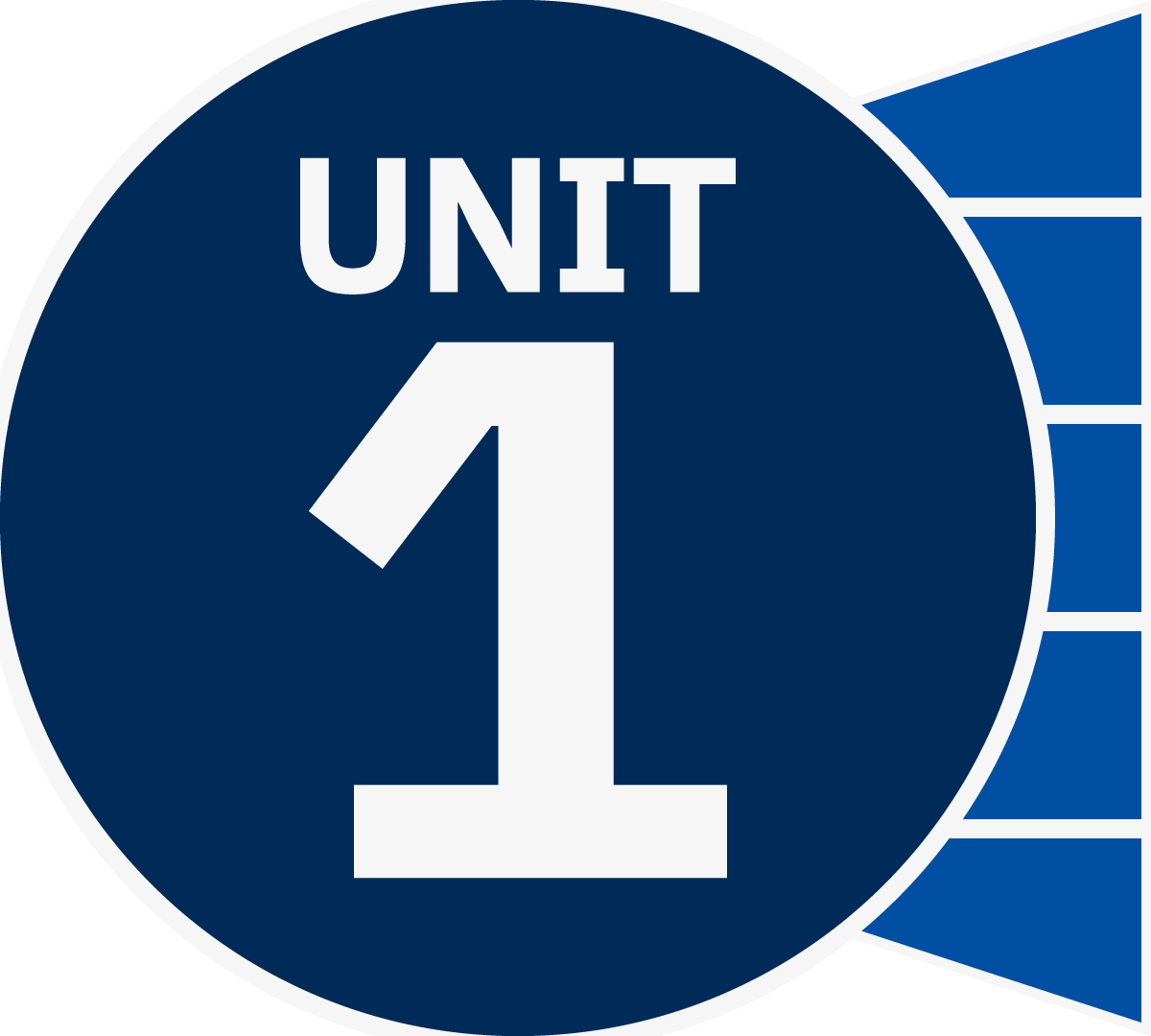Inquiry Companion: Unit 1
In Unit 1 of the We the People: The Citizen & the Constitution textbook, students examine how early Americans embraced the philosophy of individuals’ natural rights, charting the course for independence and laying the foundations of a constitutional government.
How is the Inquiry Companion Structured?
Students will engage by discussing the need for rules and laws, explore the voices of unheard perspectives through primary documents, and explain the roots of democracy in the Haudenosaunee Great Law of Peace. Students then elaborate on their understanding of individual rights versus the common good via a simulation activity. Finally, students will evaluate their new knowledge by crafting a fable to answer whether the American Revolution could have been avoided.
Best practices for culturally responsive teaching weave through each activity.
Inquiry Guide Activity
Students demonstrate and evaluate new civic learning through real-world informed engagement opportunities.
In this lesson, students will identify the causes of the American Revolution by examining the grievances in the Declaration of Independence. Students will craft a fable about this time by identifying a moral for future leaders.
Utilize this Evaluate strategy activity to enhance students’ understanding of the We the People: The Citizen & the Constitution textbook for Level 3, Unit 1 or Level 2, Unit 2.
We the People: The Citizen & the Constitution (Level 3)
- Unit 1, Lesson 6: Why Did American Colonists Want to Free Themselves from Great Britain?
- Unit 2, Lesson 7: What Experiences Led to the American Revolution?
- Active learning
- Corroboration
- Critical thinking
- Incorporating evidence
- Relationship skills
- Social awareness
- Identify actions that lead to the American Revolution
- Create a fable to deliver a lesson for future leaders
- Present the fable to an elementary audience
- Road to the Revolution Fable
- Exit Ticket to answer the compelling question
- Could the American Revolution have been avoided?
- fable Story with a moral lesson
- grievance Complaint
Many scholars agree that the lead-up to the American Revolution occurred between 1765, with the Stamp Act, and 1776, when the Declaration of Independence was issued. The war itself took place between 1775 and 1783, driven by political, economic, social, and ideological factors.
The American colonies had longstanding grievances against British policies, including restrictions on trade, expanding territory, British troops in the colonies, and taxation without representation. These issues created tensions that festered between the colonists and the king.
Additional resources for teacher background:
To provide additional support to students, consider offering the following resources as needed:
Teachers should preview all student materials and resources before the lesson.
- Welcome students to social studies.
- Introduce the inquiry question: “Could the American Revolution have been avoided?”
- Allow a quick yes/no poll to see where students stand on the inquiry question.
- Tell students today they will lean on their knowledge about the causes of the American Revolution to create a fable for future leaders.
- Remind students that a fable is a story with a moral lesson. Fables were once passed down as folklore to teach children the difference between right and wrong or offer advice on proper behavior and manners. Students may be familiar with the Hare & the Tortoise fable, where the moral is that slow and steady wins the race.
- Using your routine strategy for setting up groups, divide the class into small, collaborative groups of approximately three to four student members.
- Provide students access to the Declaration of Independence.
- Distribute the Fable Generator organizer and review the steps to ensure students understand the tasks required.
- For Part 1, instruct students to work as a group to review the Declaration of Independence and select three colonists' grievances against King George III. Students will rewrite the grievances in their own words.
- For Part 2, instruct students to list two actions taken by the colonists and two actions taken by King George during the period between 1765 and 1776.
- For Part 3, instruct students to generate the moral of the fable they will begin crafting. This will model working with the end in mind. Support students with possible morals:
- Do unto others, as you would have done unto you.
- Never underestimate the power of a small group of committed people to change the world.
- Circulate around the room, encouraging each group, observing progress, and redirecting as needed.
- Return class to full-group format to briefly discuss the progress of the groups and strategies for crafting their fable.
- Students will craft their Road to the Revolution Fable as a group using their Fable Generator organizer.
- Circulate around the room, encouraging each group, observing progress, and redirecting as needed.
- Host a storytelling circle where students may read their fables to an elementary audience and share their new knowledge about the early formation of our nation.
Students will demonstrate mastery of the causes of the American Revolution by completing the Exit Ticket to answer our inquiry question: “Could the American Revolution have been avoided?”
- Break-up letter to King George













